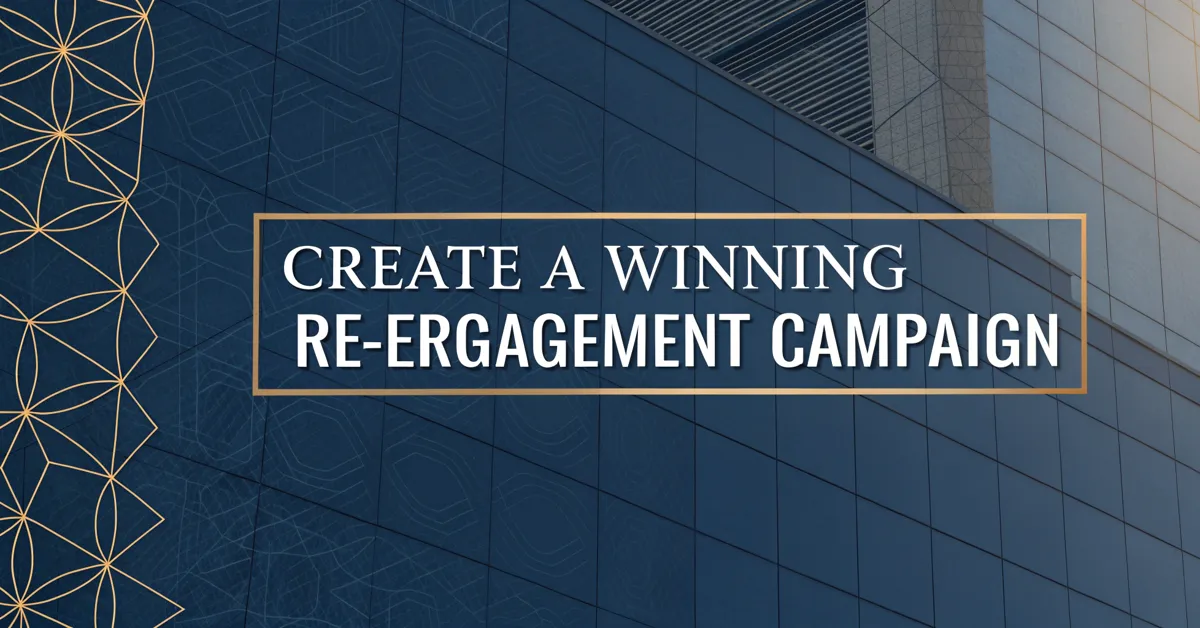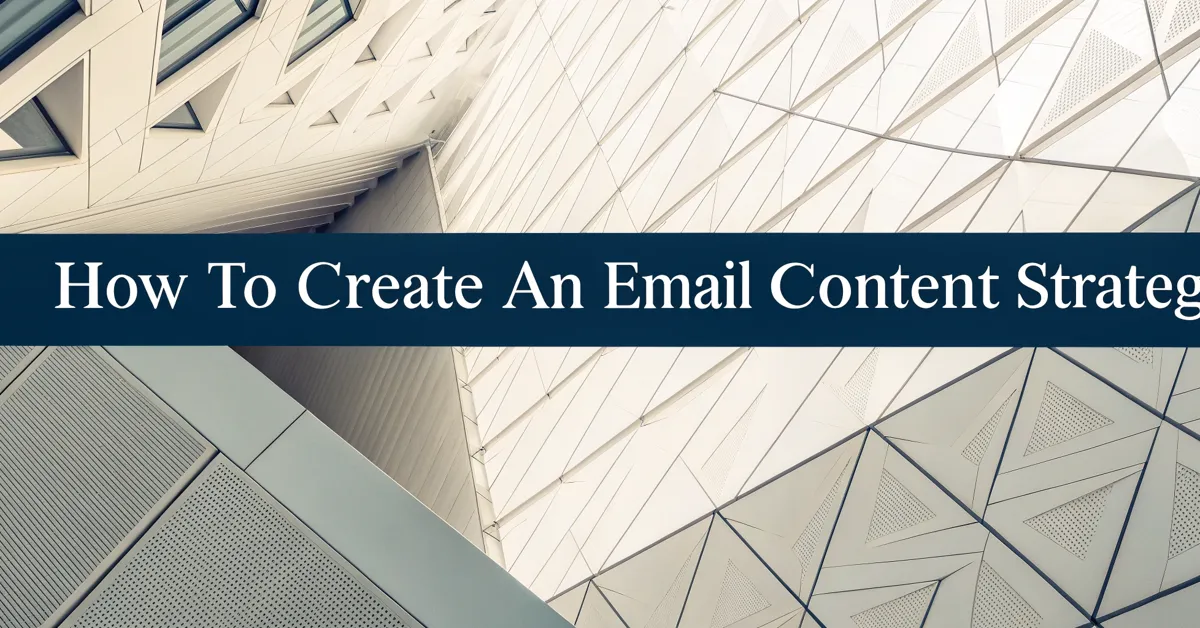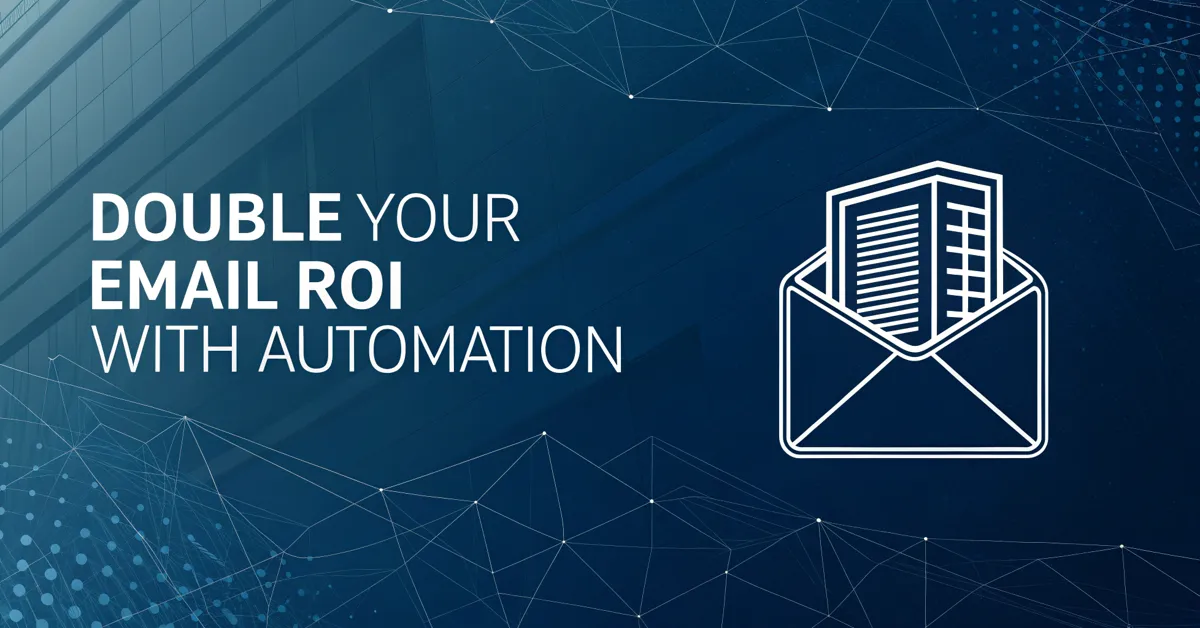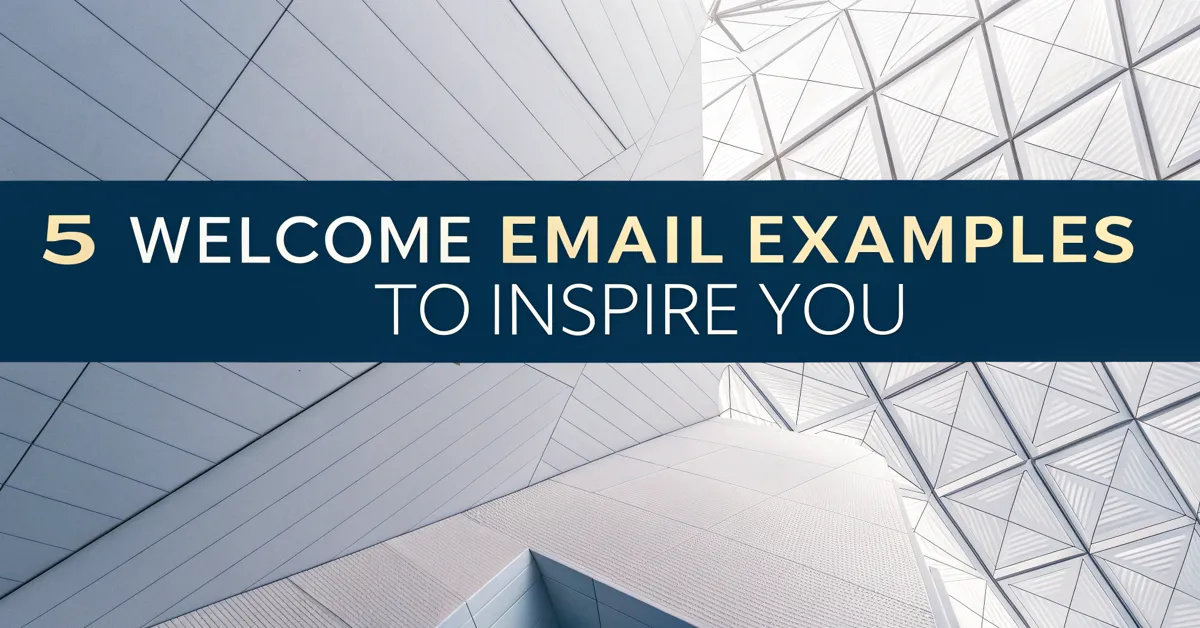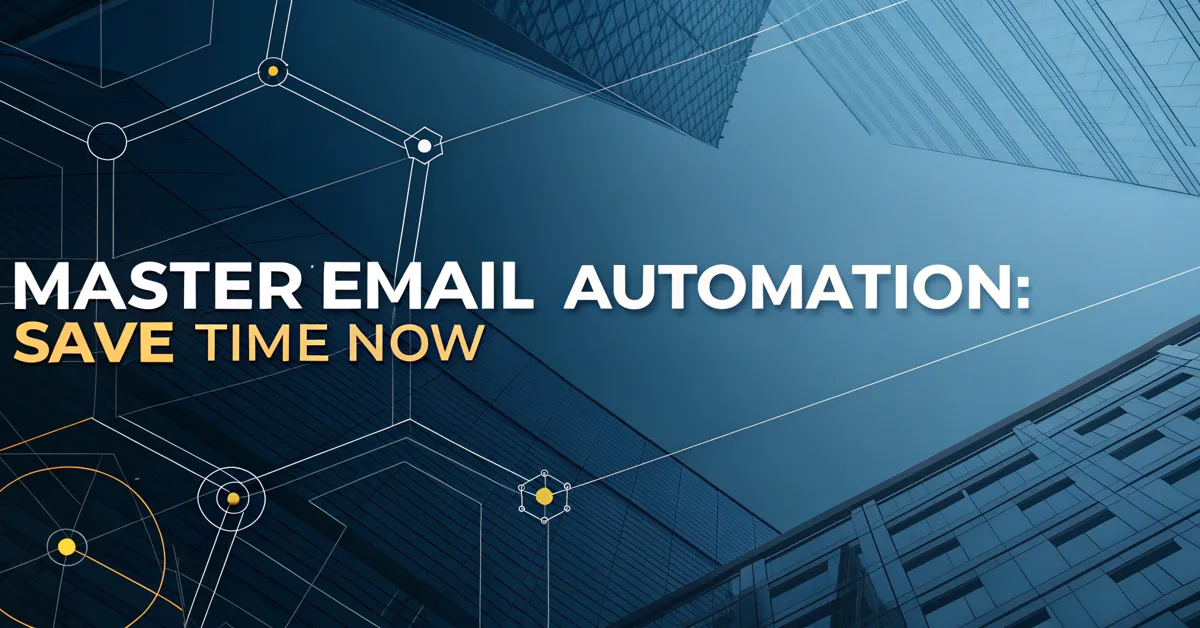Is your email list gathering dust? Are you sending messages into a void? It happens. People change their email addresses, lose interest, or just get too much mail. But don’t write off those inactive subscribers just yet. A smart re-engagement campaign can breathe life back into your list, and turn those disengaged contacts into active customers. It’s like waking up a sleeping giant, and you can do it with the right moves.
This article will give you a guide on how to set up a winning re-engagement campaign that not only cleans your list but also rekindles connections with subscribers who may have drifted away. You will learn the nuts and bolts of getting your emails opened, read, and clicked, all while keeping your list clean and your sender reputation strong. Let’s dive in.
Why Re-Engage? The Power of a Second Chance
Why bother with a re-engagement campaign at all? Why not just prune your list and focus on the people who are already engaging? Well, there are a few really good reasons why you should give those sleepy subscribers a second chance:
- Cost-Effective: It’s way more cost-effective to re-engage an existing subscriber than to acquire a new one. You’ve already put in the effort to get them on your list. Why let that go to waste? It’s smart to try to wake them up first.
- List Health: Having a bunch of inactive subscribers can hurt your sender reputation. Email providers see high rates of inactive subscribers as a sign that your emails aren’t wanted, and they’ll start putting your messages in the spam folder. A re-engagement campaign helps clean up your list and keeps your emails out of the junk.
- Customer Potential: Some subscribers may have just gotten busy or missed a few of your messages, but they still like what you offer. A re-engagement campaign can remind them why they signed up in the first place, and bring them back into the fold.
- Valuable Feedback: These campaigns also give you a chance to gather useful data. If someone opts out of your list, you have the chance to ask why and use that info to improve your strategy going forward.
In short, ignoring inactive subscribers is a missed chance. A well-planned re-engagement campaign is a simple way to make sure you are getting the most out of your email list.
Spotting the Snoozers: How to Identify Inactive Subscribers
Before you can re-engage your subscribers, you need to know who they are. How do you tell who’s still paying attention and who’s snoozing? There are a few key things to look for:
- No Opens: This is the big one. If someone hasn’t opened any of your emails for a long time, they’re likely not engaged. A good rule is that if they have not opened your emails in the past 3 to 6 months, it’s time to act.
- No Clicks: Did someone open your emails, but never click on any links? They may be on the verge of dropping off. Tracking clicks is key since a subscriber who opens your emails but doesn’t click may have very little interest in what you offer, or perhaps they don’t like the content of your email.
- Lack of Action: Beyond opens and clicks, are they taking any other actions? If they aren’t downloading your content, visiting your site through email links, or replying to your messages, they’re likely disengaged.
- Specific Time Frame: Use a specific timeframe to define inactivity, such as 3, 6 or 12 months. Be consistent with this period in your campaign.
Most email marketing platforms will automatically track these behaviors for you. They give tools to segment your list based on engagement. Use these tools to create a segment of inactive subscribers. This group will be the focus of your re-engagement campaign.
Crafting Your Re-Engagement Campaign: The Key Elements
Now that you know who you want to reach, you’re ready to plan your campaign. Here are the key parts you need to think about:
Segmentation: Sending the Right Message to the Right People
Don’t send the same generic re-engagement email to everyone. Segment your inactive subscribers based on things like the time since their last interaction and the kind of content they used to like.
For instance, you might make groups like:
- Recently Inactive: Subscribers who haven’t engaged in the past 3-6 months.
- Long-Term Inactive: Subscribers who haven’t engaged in the past 6-12 months.
- Content-Specific Inactive: Subscribers who were keen on certain topics in the past but haven’t engaged recently.
This way, you can send more focused emails that speak to the specific reasons why people might not be engaging anymore.
Email Design: Catching Their Eye
Your re-engagement campaign emails need to be visually appealing and easy to read. Here are some tips:
- Clean Layout: Use a clear, uncluttered design with plenty of white space. This makes your emails easy on the eyes and easy to scan.
- Mobile-Friendly: Most people read emails on their phones. Make sure your emails look great on any device.
- Eye-Catching Imagery: Use images or graphics that are relevant and grab attention. But be sure to compress them for faster load times.
- Easy to Read Text: Use fonts that are simple and big enough to read. Make sure there is good contrast between the text and the background color.
Your emails are competing for attention, so design them in a way that makes them stand out.
Subject Lines: The First Hurdle
Your subject line is the first thing people see, and it makes or breaks whether they open your email. Here are a few ideas:
- Intrigue: Ask a question that creates curiosity. For instance, “Did we lose you?” or “Is this goodbye?”
- Value: Offer a perk or a piece of valuable content. For example, “A special offer just for you” or “Check out this free guide we made.”
- Personalization: Use the subscriber’s name to grab their attention. “We miss you, [Name]!” or “[Name], check out what’s new.”
- Urgency: Create a sense of need to open the email now. “Last chance to get this offer” or “Our final email to you.”
Test different subject lines to see which ones get the most opens.
Email Body: Engaging Content and Clear Call to Action
The body of your re-engagement email needs to do a few things:
- Acknowledge Inactivity: Be honest. Let them know you’ve noticed that they haven’t been engaging lately. Say things like: “We’ve noticed that you haven’t opened our emails recently,” or “It’s been a while since we last saw you around”.
- Offer Value: Remind them what they signed up for. Give them something of value, like a special discount, a free e-book, or a preview of your newest product.
- Reiterate the Benefits: Briefly restate why they should stay on your list. Remind them of the kind of content you share, and what they can get out of it.
- Clear Call to Action (CTA): What do you want them to do? Do you want them to click a link, update their preferences, or stay subscribed? Be clear about what you want them to do. Use active language and a clear button.
The Unsubscribe Option: Letting Go
While you want to win back subscribers, you must also make it easy for them to opt out. Always provide a clear unsubscribe link in your re-engagement campaign emails. It’s better to have a clean list of engaged subscribers than a huge list with a large chunk of inactive people who may mark you as spam.
The Re-Engagement Email Sequence: A Step-by-Step Plan
Here’s a typical sequence for a re-engagement campaign:
Email 1: The “We Miss You” Email
- Subject line: Something personal, like “We miss you, [Name]!” or “Did we lose you?”
- Body: A brief note that you’ve noticed their inactivity, a reminder of why they signed up, and a special offer, such as a discount or a free download.
- Call to action: “Stay subscribed” or “Claim your offer.”
Email 2: The “Update Your Preferences” Email
- Subject line: Something like “Help us understand you better” or “Update your preferences.”
- Body: Ask them if they want to keep getting emails and give them a chance to change the topics they’re interested in.
- Call to action: “Update your preferences” or “Stay subscribed with these preferences.”
Email 3: The “Last Chance” Email
- Subject line: Something urgent like “Last chance to stay on our list” or “Final chance to stay.”
- Body: A final note saying that if they don’t act, they’ll be unsubscribed.
- Call to action: “Stay subscribed” or “Keep me on the list.”
The Unsubscribe: The Clean-Up
If someone doesn’t engage after the last email in the sequence, remove them from your list. This keeps your list healthy. Make sure that if they want to subscribe again in the future, there’s an easy way to do that.
Best Practices for a Successful Re-Engagement Campaign
To get the most from your campaign, keep these best practices in mind:
- Be Patient: Don’t expect every subscriber to come back right away. It takes time, and some may never re-engage.
- Test Everything: A/B test your subject lines, email bodies, CTAs and even the design of your emails. This is key for knowing what performs best for your list.
- Personalize: Use the data you have to personalize your emails as much as you can. Call people by their names. Offer content they’ve liked in the past.
- Use Automation: Use your email marketing platform to automate your re-engagement campaign. This saves time and keeps things consistent.
- Analyze Results: Watch your data closely. Pay attention to open rates, click rates, and unsubscribe rates. Use the info to make your campaigns even better.
- Keep It Brief: People are busy. Get to the point and don’t write emails that are too long.
- Provide Value: You need to give people a reason to come back. Don’t focus only on asking them to engage. Offer real value to make them want to.
- Time is Key: Don’t send too many emails at once. Give your subscribers time to react. A few days between emails is a good idea.
By using these steps, you can run a re-engagement campaign that works for you.
Tools of the Trade: Tech to Help You Re-Engage
You don’t have to do all of this by hand. Here are some tools that can help you with your re-engagement campaign:
- Email Marketing Platforms: Tools like Mailchimp, ActiveCampaign, ConvertKit, and HubSpot offer robust features for segmenting your list, building email sequences, and automating campaigns. These are an absolute must.
- Analytics Tools: Google Analytics helps you to watch website traffic from your emails. This gives you an idea of whether your campaign is truly engaging people.
- Testing Tools: A/B testing tools are very helpful. Some are included in email platforms. Others are standalone tools that help you test everything from email subject lines to website buttons.
Choose the tools that fit best with your current budget and your team’s skills. The main thing is to have tools that help you track, test, and improve your efforts.
Common Mistakes to Avoid in Your Re-Engagement Campaign
Be mindful of these common errors when crafting a re-engagement campaign:
- Not Segmenting: This is a big one. Sending the same message to all inactive subscribers is not the best plan. Focus on sending emails to targeted groups.
- Ignoring Data: Don’t ignore the numbers. You need to watch metrics like open rates, click rates, and unsubscribe rates. They show you what is working and what is not.
- Unclear CTAs: If your CTA is not clear and active, your subscribers won’t know what to do, and they likely won’t do it. Use clear language for CTAs.
- No Unsubscribe Option: If you don’t make it easy for people to opt out, they may mark you as spam. Always include an unsubscribe link in your emails.
- Being Too Pushy: The emails should be polite, not pushy. A pushy approach can drive people away.
- Too Many Emails: Don’t overwhelm your subscribers with too many emails in a short time. It can make them mad and lead to more unsubscribes.
- Irrelevant Content: Make sure your re-engagement emails are still relevant to your subscribers. Show that you remember what they signed up for.
- Forgetting About Mobile: Always make sure that the emails are working well on mobile. Mobile devices are how most people check their emails.
Avoid these common mistakes to run a successful campaign.
Beyond Re-Engagement: Maintaining an Active List
A re-engagement campaign should be a regular part of your email strategy. But you should also actively maintain your list. Here are a few ideas:
- Welcome Series: Set up a welcome series for new subscribers. This will keep them engaged from the start and reduce the chance that they’ll drop off.
- Email Preference Center: Give subscribers the option to choose what kind of emails they receive. This gives them more control and a reason to stay.
- Consistent Content: Keep a consistent schedule for sending emails with helpful content. This keeps your subscribers active and engaged.
- Keep It Simple: Keep your emails short, simple, and easy to understand. People don’t have the time to read long and drawn-out emails.
- Keep It Relevant: Make sure the content of your emails aligns with the topics your subscribers showed interest in. Don’t send content to people who have zero interest in them.
- Ask for Feedback: Ask your subscribers for their thoughts on your content. Use the feedback to make your emails better.
Keeping your list healthy requires work. But the payoff is well worth the effort. An active list helps you reach the right people and boost your email marketing performance.
A Final Check: Is Your Re-Engagement Campaign Ready?
You’ve learned about all the key pieces that you need for a re-engagement campaign. Let’s go through a final checklist:
- Have you defined your inactive subscribers? Are you clear on who you’re trying to re-engage?
- Have you segmented your list? Are you grouping your subscribers so that you can send more tailored messages?
- Have you designed clear and mobile-friendly emails? Do your emails look good on all devices?
- Are your subject lines catchy? Do your subject lines make people want to open your emails?
- Do your email bodies offer real value? Are you giving people good reasons to re-engage with your emails?
- Do you have clear CTAs? Are your call-to-action clear and easy to follow?
- Is there an easy way for subscribers to unsubscribe? Do your emails have a clear unsubscribe link?
- Have you tested your campaign? Have you tested your emails with A/B testing?
- Are you tracking the results of your campaign? Are you watching your open rates, click rates, and unsubscribe rates?
- Do you have tools set up to help you manage the campaign? Are you using email marketing software, automation tools, and analytics platforms?
If you’ve checked all of these points, then your re-engagement campaign is ready to go.
Re-Engage and Revive: The Power of a Clean Email List
A re-engagement campaign is more than just a way to wake up inactive subscribers. It’s a chance to improve your email marketing efforts. And it can even help to strengthen the bonds with your subscribers. By following these tips, you can bring life back to your list. You can make the most of your email marketing efforts. A good re-engagement campaign keeps your list healthy and boosts your overall email strategy. So, don’t let those inactive subscribers stay silent. Give them a chance to connect, re-engage, and become active again. It’s time to put your plan in action, and watch your email list come alive.
